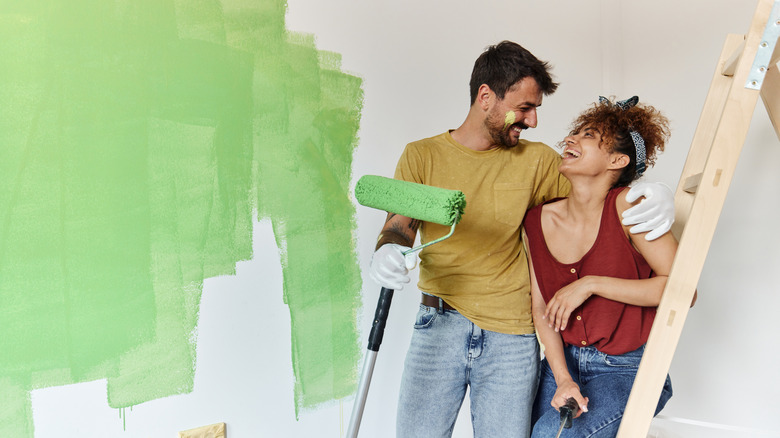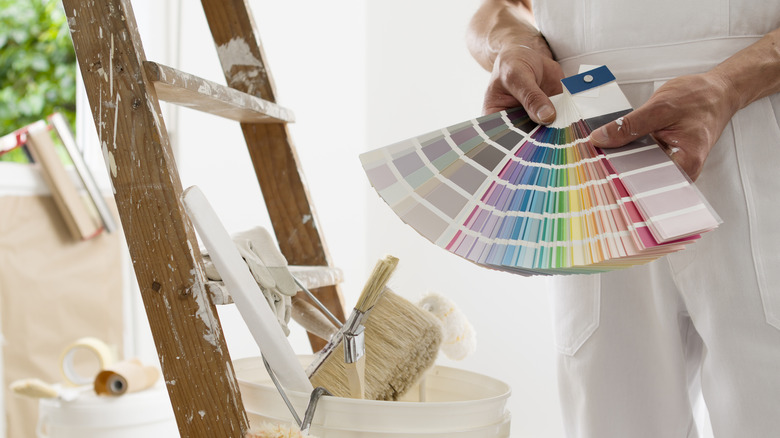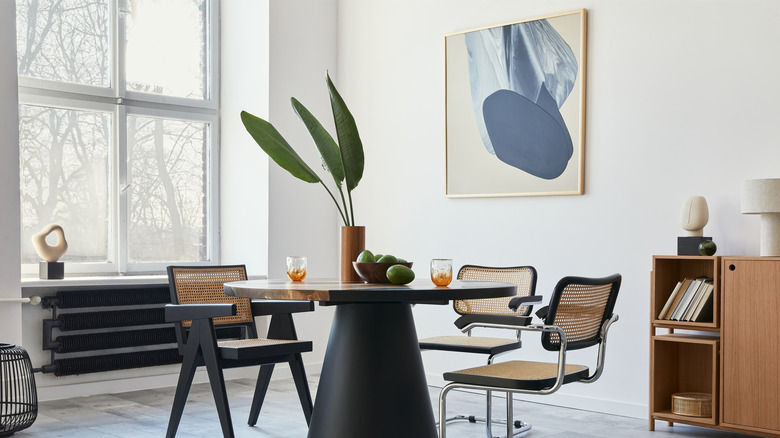What To Consider Before Painting Your Space As A Renter
Painting your rental property can be an exciting way to personalize your space and make it feel more like home. However, as a renter, there are several important factors to be aware of before picking up a paintbrush and a can of your favorite hue. The process is not as straightforward as it would be in a home you own, as there are potential legal and financial implications. To paint or not to paint — that is the question!
The first and most crucial step is to thoroughly review your lease agreement. Most leases have specific clauses regarding alterations to the property, including painting. Some landlords may prohibit painting entirely, while others might allow it with certain restrictions or conditions. It's essential to understand these points to avoid any legal or financial repercussions. Even if your lease allows for painting, it's always best to seek explicit permission from your landlord or property manager. This can usually be done via a formal request by outlining your proposed changes in an email, letter, or text.
Getting this permission in writing is important to protect yourself and ensure that both parties are clear on the agreement. Be aware that painting your rental could impact your security deposit if the landlord deems that the paint job has damaged the property or if they need to restore the original color. This is why having a clear agreement about the painting and restoration expectations is crucial.
Effort, budget, and supplies for painting your rental
When asking for permission from your landlord, certain guarantees can help you get a "yes" instead of a "no." Propose neutral or reversible colors that will be easy to paint over; think sage green, shades of beige, light blue, and so on. Assure your landlord that the paint job will be done professionally or to a high standard to give them more peace of mind. Finally, offer to restore the original color before moving out, if required.
Painting can be a costly endeavor. If you're hiring someone to do the job, expect to pay between $3 and $7 per square foot. Even if you're doing it yourself, you'll need to budget for the paint and supplies, which can cost a couple of hundred or even thousands of dollars depending on the size of your space and supplies purchased. Also, factor into the budget the potential cost of restoring the original paint color when you move out if it's a condition of your lease.
Consider the type of paint as well. Higher-quality paint may be more expensive but often requires fewer coats and lasts longer, while paint finishes serve different purposes. Remember that colors can look different on walls than they do on a swatch, so test a small area first. And most of all, if it's a DIY paint job, consider the effort required. Dedicate the necessary time and energy for preparing the space, priming, painting, and finally, cleaning up.
Alternatives to painting your rental space
To paint, or not to paint — the question remains. Despite all the time, effort, and money required, some may say it's worth it. After all, it allows you to personalize your space and really make it feel more like your own. And if you do indeed have the time, effort, and money to do it — why not? A fresh coat of paint can significantly improve the look and feel of a room, and if done well, your painting can add value to the property, which might be appreciated by your landlord.
However, if painting seems too complicated or expensive, or isn't allowed, there are equally beautiful alternatives that can give the same oomph. Removable wallpaper is a top option. Many stylish and removable choices are available in every pattern and color imaginable that don't leave residue or damage the space. Wall decals are another option. They're easy to apply and remove, offering a way to add personal touches without permanent changes.
To avoid touching the walls altogether, creative décor is the way to go. Use curtains, mirrors, artwork, and unique furnishings to add color and personality to your space. Even if the wall color that came with your rental is a bit blah, it can be overlooked with the right interior design. Remember, even if painting isn't an option, there are plenty of other ways to make your rental feel like home.


